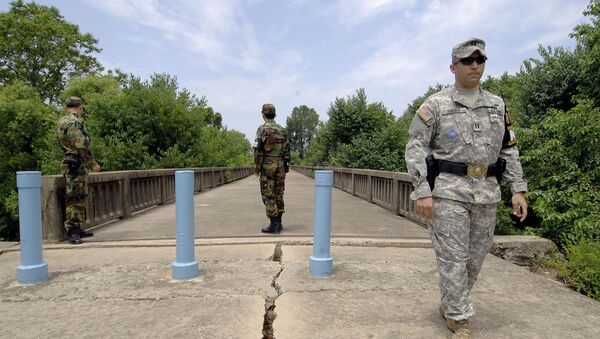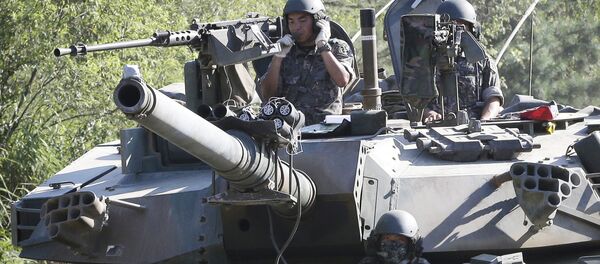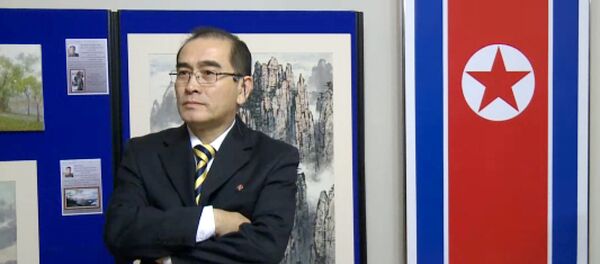According to Yonhap News Agency, South Korean officials said the mines were placed last week on the north side of the Bridge of No Return. The bridge spans the military demarcation line near Panmunjom, a truce village.
The incident comes as tensions run high between North and South Korea, following the recent defection of a high-ranking North Korean diplomat to Seoul, indicating that Pyongyang may take pains to ensure that others do not use the same route to leave the country.
"In reaction to the anti-North broadcasting operation, North Korean leader Kim Jong-un has ordered its military to come up with measures to secure psychological solidness of front-line units…" one South Korean military official remarked. "Kim is very worried about potential ideological unrest among front-line soldiers."
In a statement, the UN Command says it was “"ware of the Korean People's Army activity in the vicinity of the Bridge of No Return in Panmunjom, but will not speculate as to why the KPA is taking these actions." The command warned that munitions or devices near the bridge endangers people on both sides, including visitors on educational tours and thousands of school children.
"United Nations Command strongly condemns any KPA action that jeopardizes the safety of all personnel in the DMZ," the UN Command stated.
Although there are other explosives present in the 2.5 mile-wide buffer zone, this is the first time the DPRK has reportedly been seen planting mines since the armistice that ended the three year war in 1953. Last August, two South Korean soldiers were killed by alleged-DPRK mines.
Despite a new round of sanctions from the United Nations, the DPRK conducted its fourth underground nuclear test in January, along with a series of missile tests. The peninsula has remained on high alert following the test.




